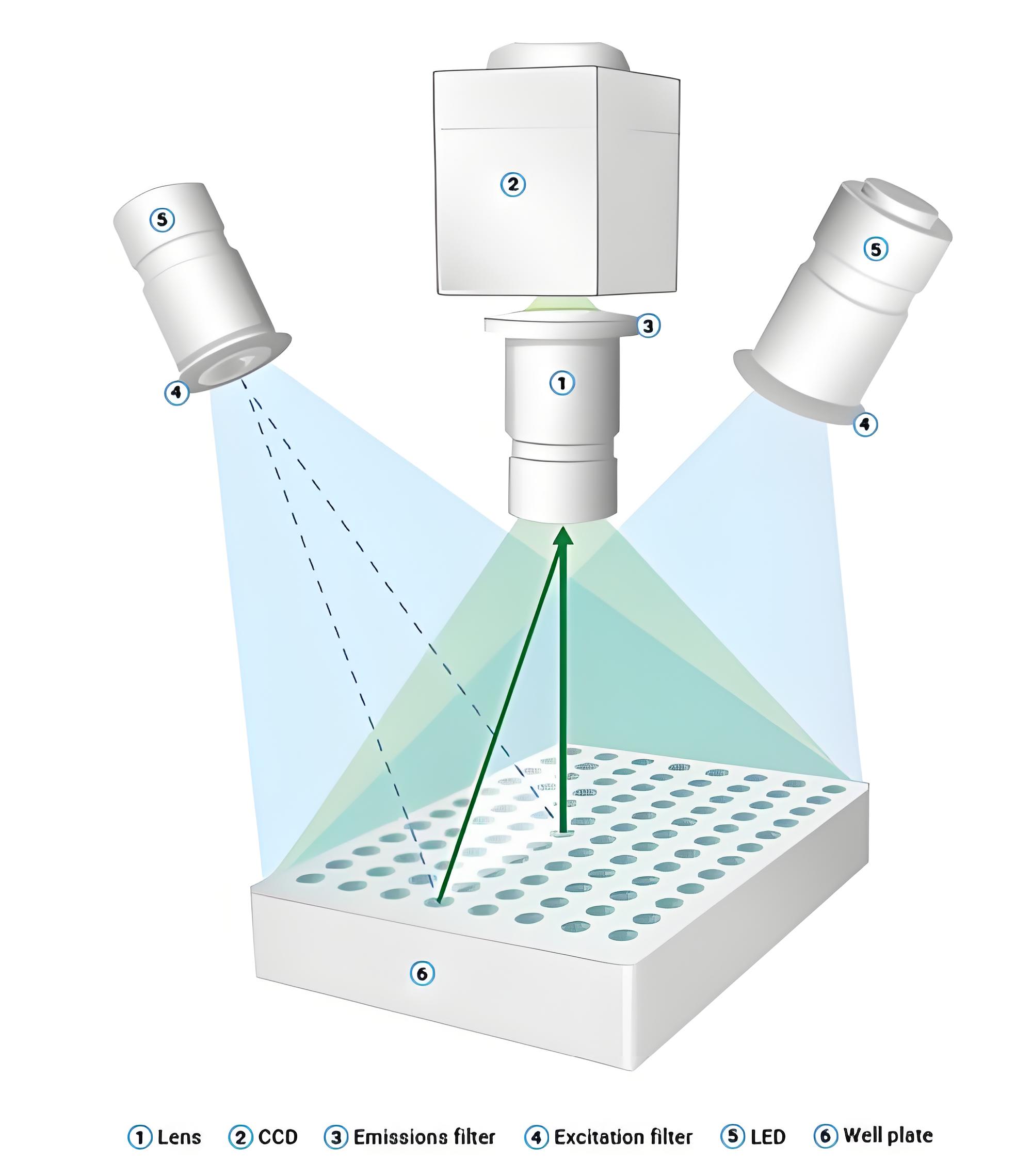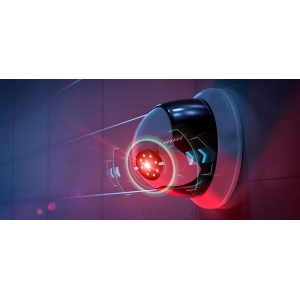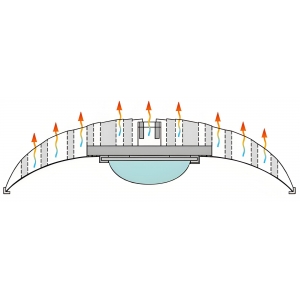
PCR Instrument LEDs Technical White Paper
PCR Instrument LEDs Technology White Paper
1. Introduction
PCR (polymerase chain reaction) technology is widely used in medical testing, molecular biology research and food safety. With the development of technology, the application of LED light sources in PCR instruments has attracted more and more attention. This white paper will explore the key technologies, advantages and future development trends of PCR instrument LEDs.
2. Key technologies of PCR instrument LEDs
2.1 LED spectral characteristics
LED light sources have a wide spectral range and can be optimized for the fluorescence detection needs of PCR. Common wavelengths include:
365nm (ultraviolet light)
405nm (near ultraviolet light)
450nm (blue light)
520nm (green light)
590nm (yellow light)
630nm (red light)
700nm and above (near infrared light)
850nm (far infrared light)
940nm (deep infrared light)
2.2 Brightness and stability
PCR instruments have high requirements for the brightness and stability of LEDs to ensure the accuracy of fluorescence signals. High-quality LEDs should have:
Low light decay characteristics
Constant light output
Low heat generation
2.3 Temperature control management
The luminous efficiency of LEDs is affected by temperature, so efficient heat dissipation design is required, such as:
High thermal conductivity substrate (such as aluminum substrate or ceramic substrate)
Active or passive heat dissipation solution
3. Advantages of LEDs in PCR instruments
Compared with traditional light sources (such as halogen lamps and lasers), LED light sources have the following advantages:
Low energy consumption: LED power consumption is much lower than traditional light sources
Long life: LED life can reach tens of thousands of hours, reducing maintenance costs
Fast response: can be turned on or off quickly to improve detection efficiency
Flexible wavelength selection: can select the best wavelength for different fluorescent dyes
4. Future development trends
More efficient light output: develop LED light sources with higher brightness and lower power consumption
Intelligent control: combine AI to optimize LED drive and improve detection sensitivity

Integrated design: LED light source is highly integrated with the detection system to improve portability
5. Conclusion
LED light sources are increasingly used in PCR instruments. Their low energy consumption, high stability and long life make them an ideal choice for fluorescence detection. With the advancement of technology, PCR instrument LEDs will develop in a more efficient and intelligent direction in the future, providing better solutions for life science and medical testing.
 Infrared LED Technology White Paper
Infrared LED Technology White Paper
 Industrial LED Selection Guide White Paper
Industrial LED Selection Guide White Paper
 LED Plant Spectrum White Paper
LED Plant Spectrum White Paper
 White Paper on High-Power LED Heat Dissipation (2025 Edition
White Paper on High-Power LED Heat Dissipation (2025 Edition
- PRODUCTS
- HIGH POWER WHITE
- HIGH POWER COLOR
- COLOR LEDs
- INFRARED LEDs
- UV LEDs
- MINI LEDs
- COB LEDs
- INTEGRATED MOULES
- MARKETS SERVED
- LIGHTING LEDs
- AUTOMOTIVE LEDs
- BIOMEDICAL LEDs
- DISPLAY LEDs
- CURING DISINFECTION LEDs
- PLANT LEDs
- INFRARED SECURITY LEDs
- VISION LEDs
CONTACT US
TEL:+86-0769-81305858
PH:+8613612789419
E-mail:sales@queendomlamp.com




